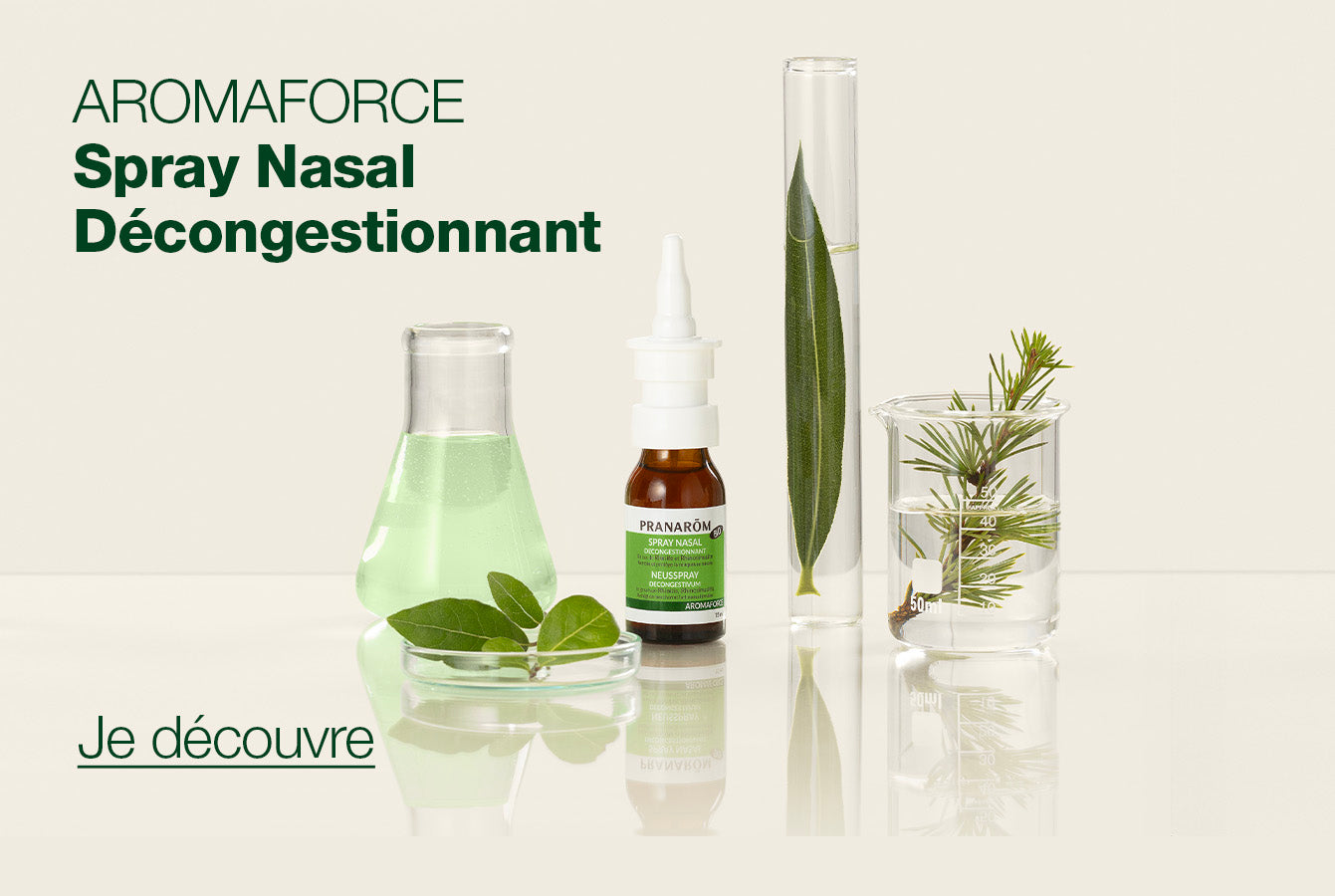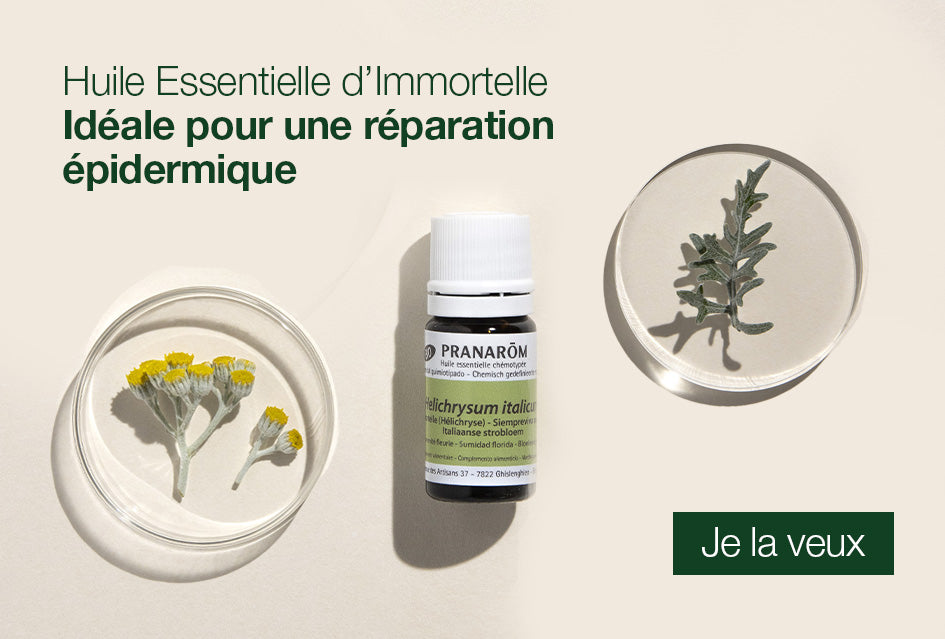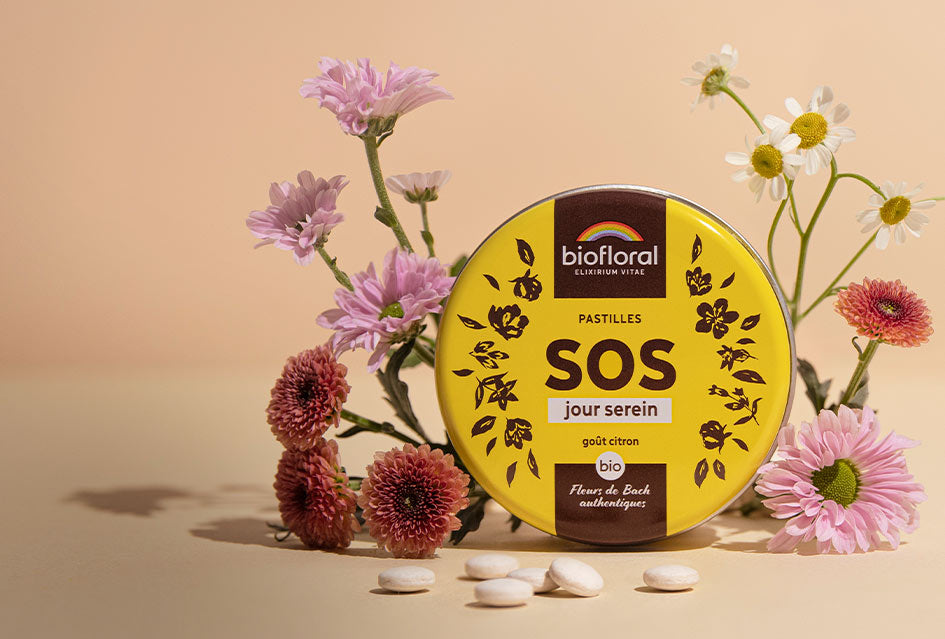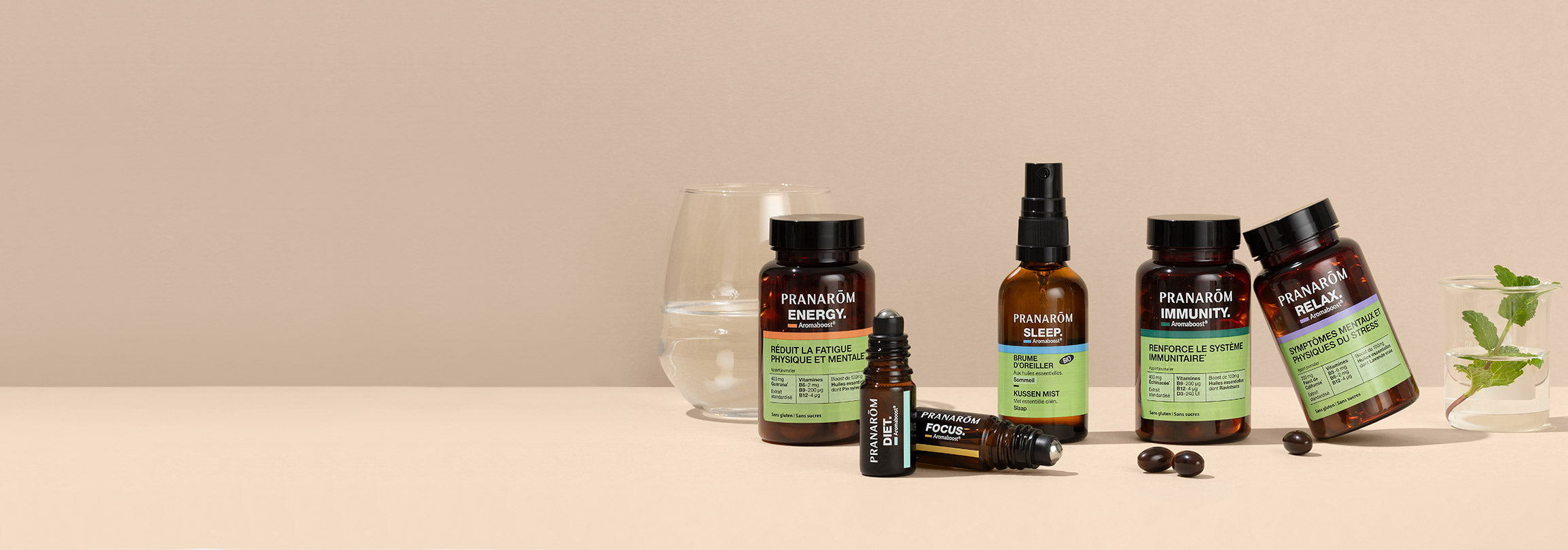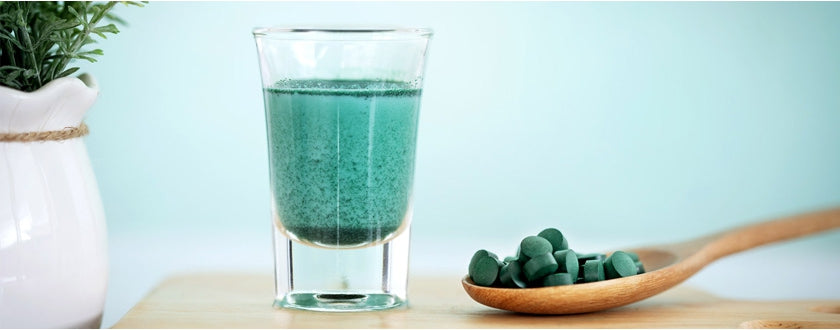In our blog article on 5 good resolutions for the New Year, one of our tips was to start a detox cure. Currently, we hear a lot about spirulina and chlorella, which are very effective for detoxification. But do you really know their benefits?
Spirulina
Spirulina, scientifically known as Arthrospira platensis, is hailed by the UN as the food of the 21st century.
This blue-green algae, part of the cyanobacteria family, has existed for 3.5 billion years. Dubbed a "superfood," this freshwater microalgae naturally grows in the warm lakes of India, Chad, and Mexico.
It is one of the richest foods in the world, containing:
- Trace elements: Magnesium, Iron, Zinc, Calcium
- Proteins (50-70%)
- Minerals
- Beta-carotene (vitamin A)
- Phytopigments
- Vitamins: A, E (a powerful antioxidant), B1, B2, B3, B6, B12, and K1
What are the benefits?
- Prevent/treat nutritional deficiencies (vegans, vegetarians, and vegans)
- Recover and regain energy after sports performance
- Strengthen immunity
- Preserve muscle mass during weight loss diets
- Maintain proper blood sugar levels
- Improve skin, nail, and hair radiance
- Drain and detoxify the body (anti-heavy metals and toxins)
- For chronic fatigue
Did you know that 10 grams of spirulina contain as much protein as 35 grams of beef and as much iron as 400 grams of spinach? Fascinating, right?
Spirulina offers 100% health benefits!
How to choose it ?
There are several criteria to take into account when choosing spirulina.
We advise you to take a close look at these three indicators to ensure you get a quality product.
Cleanliness of the culture
Indeed, this is an important condition for a quality product. To be sure of quality, you can look at the product's certificates of analysis, or ask your supplier.
Our spirulina is produced in Inner Mongolia, in a desert environment far from any source of human pollution. What's more, it is certified organic, guaranteeing you a product of choice. Our producer is ISO22000 certified, and boasts a high-performance quality management system, so you can be sure of a safe product.
Drying process
Drying must be carried out at low temperatures to guarantee product integrity and nutrients.
Our spirulina is dried using the spray-drying method: it is sprayed in hot air at 60°C for a few seconds, a rapid process. This method avoids contamination by bacteria, yeasts and molds, while guaranteeing the preservation of the product's properties.
Phycocyanin content
Phycocyanin content should be at least 15%. This is an indicator of nutritional quality.
For 100g of spirulina, we're talking about 12 to 18g.
Chlorella
First discovered 2.5 billion years ago, chlorella (Chlorella vulgaris) belongs to the Chlorellaceae family. Discovered in 1890 by a Dutch biologist, it is a single-cell alga rich in chlorophyll. Often confused with spirulina, it is also considered a superfood. Indeed, its many benefits are constantly being noted. It thrives in the fresh and salt waters of many temperate regions.
It is made up of proteins (50-60%), polyunsaturated fatty acids, essential animal acids, carotenoids, vitamins (A, B1, B2, B6, B12, C), minerals (Calcium, Iron, Magnesium, Zinc) and special pigments.
What are the benefits?
Chlorella acts on the body by:
- Draining/detoxifying the body (heavy metals and toxins)
- Recovering and regaining energy in case of fatigue or chronic illness
- Strengthening immunity
How to choose it?
As with spirulina, it's important to choose a quality product. You can, for example, look at the various control certificates to ensure that the product comes from a natural site.
You can also look at provenance, origin, ingredients and so on. How do I take them?
You can find them in different forms: either as a powder to be diluted in a drink, or in capsules or tablets.
For capsules/tablets, here's our advice on how to use them:
From age 3: 1 to 6 tablets per day depending on the situation
- During a "weight loss" diet: Start with 2 tablets per day for the first 2 days, then increase by one tablet each day until the desired dose is reached. Maximum 6 tablets per day (3g). Spirulina and chlorella can provide a satiating effect.
- Natural vitamins for children: 1 tablet per day.
- For supplementing a sports diet: 3 tablets per day.
- For supplementing a vegetarian diet: 4 tablets per day.
- For a cure (winter): A spirulina cure for 3 weeks, then a one-week break. Alternate with a chlorella cure.
Our Organic Spirulina and Chlorella Tablets
Since last year, our tablets have been certified organic. As of May 2017, a certification exists for spirulina and chlorella. This certification guarantees a quality product from organic farming, without pesticides, synthetic fertilizers, or animal-derived substitutes.
Combining Both
Spirulina and chlorella can be combined for better efficiency. This synergy is ideal for detoxifying the body, combating anemia, improving oxygenation, and preventing malnutrition deficiencies.
Their consumption is beneficial only when paired with a balanced diet. Pregnant and breastfeeding women should consult their doctor before use. For more information, seek advice from a health professional.
Spirulina and Chlorella: Benefits According to the University Bretagne Loire
Spirulina and chlorella are extensively studied for their nutritional value and functional properties.
In her thesis for a Doctorate in Biology and Agronomy, defended on March 28, 2017, at the University Bretagne Loire, Hauteclaire Furbeyre highlighted the health effects of these microalgae. Key findings from her scientific literature review include:
- Immune system stimulation: Both spirulina and chlorella can modulate molecular mechanisms and physiological functions, particularly by stimulating immune cells.
- Effects on immune cells: Studies have shown the stimulating action of spirulina and chlorella polysaccharides on macrophage activity, increasing their phagocytosis capacity and cytokine production.
- Host defense implications: The stimulation of immune cells by spirulina and chlorella enhances pathogen defense, even in immunodeficient contexts.
- Effects on oxidative stress and inflammation: These microalgae possess antioxidant properties, limiting reactive oxygen species accumulation. They also have an anti-inflammatory effect, inhibiting the production of pro-inflammatory cytokines.
References
- Les bienfaits de la spiruline - Doctissimo
- Chlorella ou spiruline : quelles différences et comment choisir ? (darwin-nutrition.fr)
- Chlorelle : Propriétés, Bienfaits et Indications - Natura Force
- La Chlorelle (Chlorella) - Bienfaits, Usages, Posologie (passeportsante.net).


